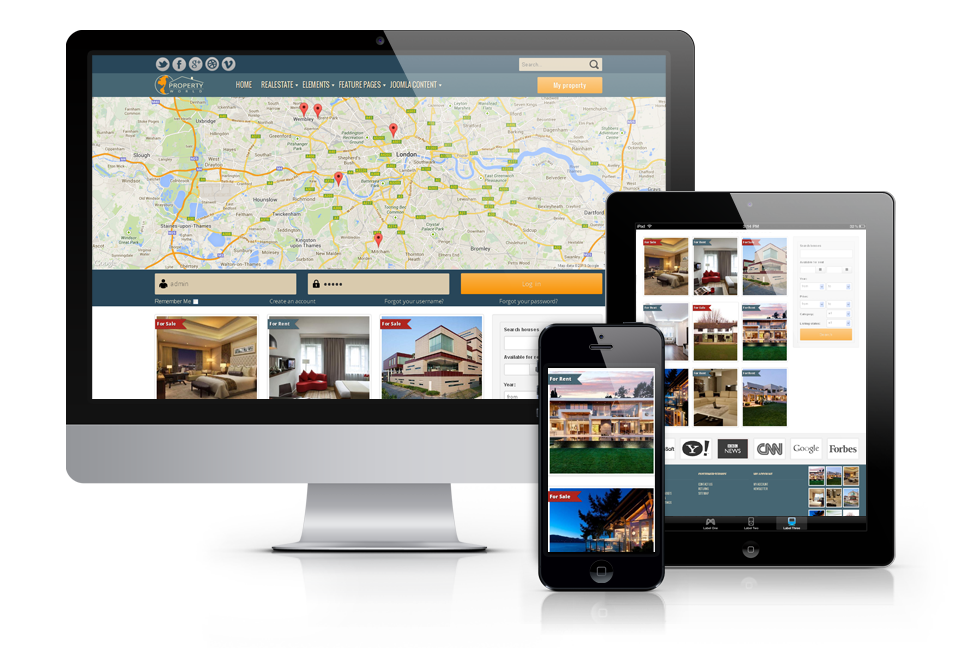Like most business owners and entrepreneurs, you probably already have a website. But let me ask you this, does your website generate many leads? I’m going to guess, no. Because most websites act simply as a digital business card, providing just basic information about you and your business. They do nothing to engage or compel a visitor to want to become a client. It is this type of client-attracting site that I want to describe here.
This article is not an exhaustive step-by-step tutorial on how to build a website. It is a description of what I believe are the essential elements of The Ultimate Customer-Winning Website. A site that will more than pay for itself in the form of new clients. Let’s get started.
Singleness of Purpose
The first thing to address when building your website is the question, Why? That is, what is the purpose of the website? For the business owner the answer is simple—to win more clients. Yes, you want to provide helpful information and tools. But the underlying purpose is to get more business. Therefore, every piece of content, every tool, every resource on your website should be there to help visitors realize that they don’t have to look any further. You are the agent for them. Every part of your website should build a case and story that describe why the visitor should hire you or buy your product(s).
What is the why behind everything you do? When we know this in life or design it is very empowering and the path is clear. ~Jack Canfield
Form and Function
Your site needs to be visually pleasing and easy to navigate. The look and feel should reflect you and your brand. But it must also convey professionalism. Access to the most important parts of your site should be highly visible. Your site should be mobile responsive with up-to-date styling and design.
Awesome Copywriting
Having a beautiful and intuitive website design means nothing if your copy is bad. The perception a visitor has of you and your business is highly affected by the quality of your copy. Bad copy can make you look unprofessional, incompetent, or worse.
Good copy allows you to effectively communicate any message you desire. Use it to build your brand, improve SEO, and/or compel the reader to take action.
The Parts and Pieces
Now that you have some general guiding principles for creating your website, here are specific sections your website should have:
Your home page should immediately grab the attention of the visitor. It should offer them easy navigation to what they want or need to know about you.
Client Pages
You can have a separate page for each client type or put them all on a single page. It’s up to you. But for each client type, describe exactly who it is you work with, how you work with them, and why they should work with you.
Include links and/or resources relevant to each client. For example, if you’re a realtor you may want to include a link to your Listing Presentation, or if you’re a carpet cleaning business you can include a helpful video on your stain removal process.
Portfolio Page (if applicable)
Here’s where you showcase your work. Of course, all photos should look professional.
Other Services
Describe in detail all the services you provide with emphasis on the benefits the client will receive.
Testimonials and Reviews
Include as many testimonials from past clients as possible. If you have favorable reviews on sites like Yelp! or Facebook, be sure to provide a link to them. Testimonials and positive reviews help visitors see you as more trustworthy.
About Us
Here’s where you can toot your own horn a bit. Describe your background, training, certifications, skills, expertise, and experience. Include whatever you think pertinent.
Contact Page
List every possible way to get in contact with you (email, phone number, fax number, office address, … Include a contact form and a map directly on the page.
Opt-In Forms
If you don’t know what an opt-in form is, it’s simply an online form that visitors can use to submit their contact information (usually just a name and email address). They’re typically used in conjunction with a lead magnet (something of value you offer to the visitor). To see an example of an opt-in form and lead magnet, go here.
(Optional Content)
Other content and tools you can include on your website include: Blog, Case Studies, News/Awards/Announcements, Schedule of Events, free giveaways, … You can include whatever you think will bring value to your clients and prospects. Just be sure that it’s consistent with the purpose, form, functionality, and message of your site.
Your Online Home Base
If you’re not getting leads from your website, you’re leaving a lot of money on the table. Your website can be the hub of all your online marketing endeavors. It can be a huge source of business. So whether you’re hiring a professional or building it yourself, a website that’s consistent with what I describe above will help you build your brand and grow your business. You will end up with a customer winning machine!
What is your current website like? How consistent is it with what I’ve described here? Is there anything you would add? Let me know in the comments.



